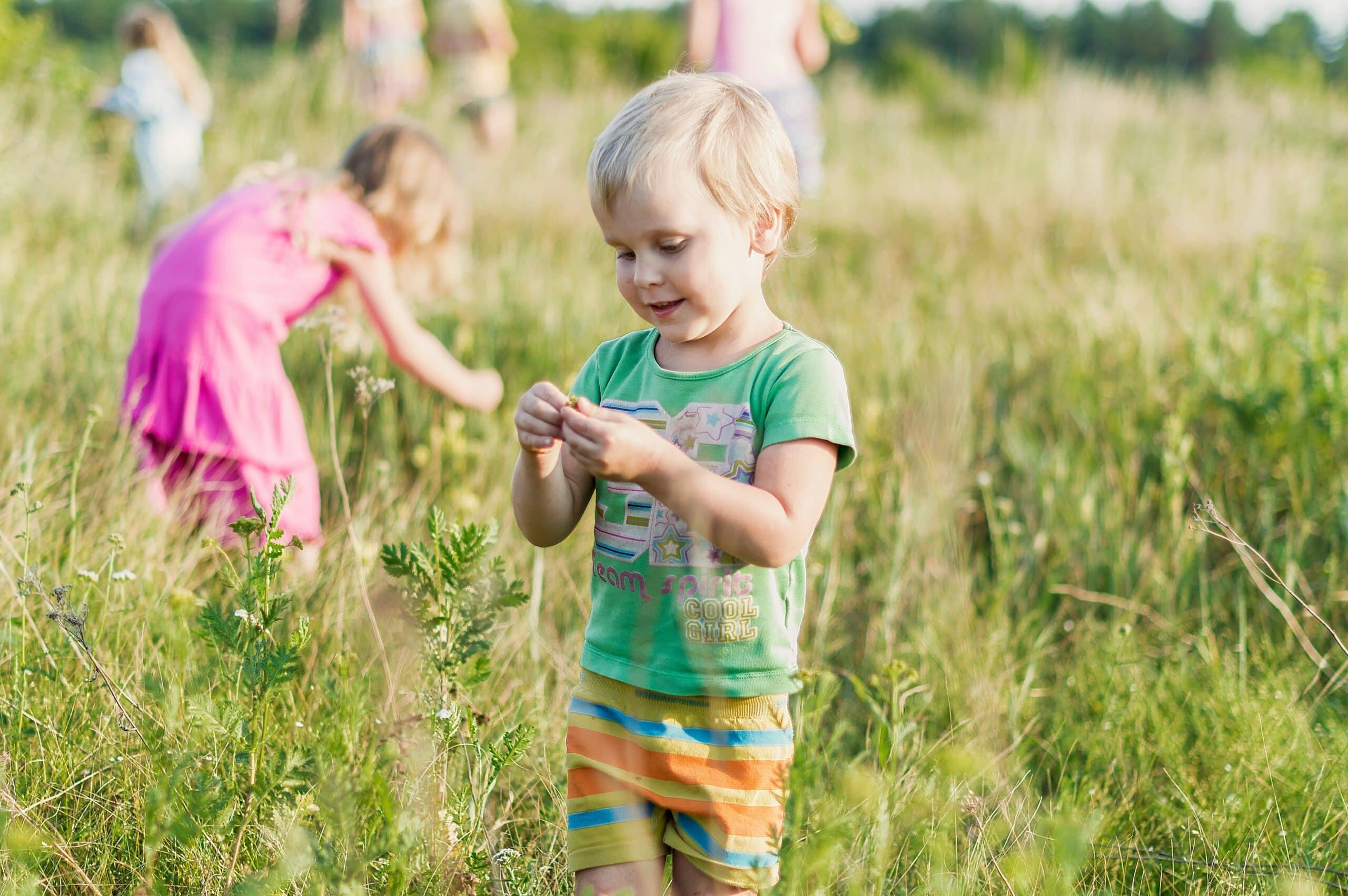
Outdoor activities that teach the environment
Teaching children the environment is the building block of building a sustainable world. How can one foster love for nature than through outdoor activities that are play and learn at the same time? You can be a parent, educator, or outdoor enthusiast looking for innovative means to help kids grow into environmentally aware children. These activities are where to begin.
The Importance of Environmental Consciousness
Before we get into the activities, let’s talk about why it’s so important to teach children about environmental stewardship. As climate change and biodiversity loss become increasingly pressing issues, educating children about sustainable living assists in:
- Building long-term habits that are beneficial to the planet.
- Building respect and empathy for all living things.
- Building creative problem-solving for global problems.
If children are taught to appreciate nature early in their lives, they will grow up to be adults who care about preserving it for future generations.
1. Nature Scavenger Hunt
A scavenger hunt in nature is a fun and interactive way to learn about biodiversity. Create a checklist of items for children to search for, such as types of leaves, flowers, or natural objects such as pine cones and feathers. As children search, talk about the role each item plays in the environment. For example, ask:
- “What role do fallen leaves play in soil health?”
- “Is this feather going to tell us about what kind of bird lives in the area?”
This activity encourages observation, awareness, and nature interest.
Pro Tip:
Ask children to leave each article where they first discovered it and photograph it instead. This will help them learn the tenets of “Leave No Trace” and habitat sensitivity.
2. Plant a Garden
Starting a small garden exposes children to the function of plants in maintaining life. Start with easy-to-grow vegetables like carrots or herbs like basil. Not only will they learn about soil and sunlight, but also be encouraged to eat healthily by consuming what they have sown.
Topics to cover are:
- The local versus imported food carbon footprint.
- The function of pollinators in maintaining plant growth.
- This can also be taken indoors with pots of herbs sitting by a sunny window.
3. Beach Clean-up Day
Clear some trash from your favorite beach or park. Glove, a bag made from recycled materials, and some keen helpers are all you need! It becomes an interactive challenge because you can set team tasks like “collect 50 pieces of plastic.”
On clean-up time, also leave some space for discussion:
- The dangers of trash to animals.
- How many years it takes for various materials, like bottles, to decompose.
Educating students in concepts like recycling, composting, and trash can make a clean-up project an actual lesson.
Bonus:
After the clean-up, take kids behind the scenes to see where the rubbish ends up and what happens in the recycling plants to sort the materials. Seeing it for themselves leaves a lasting impression.
4. Turn Nature Finds into Art
Let them get creative and make some eco-art! Gather natural resources like twigs, leaves, and rocks and use them to create collages, sculptures, or even wind chimes. This is a wonderful way to show how nature finds can be turned into artwork and utility.
Pro Tip: This activity opens the door to discussing how art can highlight environmental issues—think of it as “eco-activism for beginners.”
5. Explore Renewable Energy with DIY Experiments
Teach your little environmentalists about renewable energy sources with simple outdoor science experiments. For instance:
- Build a small solar-powered oven using cardboard and aluminum foil to warm s’mores or melt chocolate.
- Create a pinwheel and describe how wind turbines work to produce electricity.
These activities are not only educational but also demonstrate to children how renewable energy is accessible and fun.
6. Wildlife Spotting and Journaling
Go on an outing to a local nature sanctuary or wildlife refuge with notebooks and binoculars. Have children write down the animals they see, what their habitats are, and any behaviors noted. This stimulates them to better connect with nature and builds a sense of discovery.
Discuss the preservation of species and the impact of losing habitat. Bonus points if you look one up to discover more about birds or bugs that are unknown to you on your outing.
7. Compost 101
Set up a compost bin in the backyard and demonstrate to children how natural waste turns into nutrient-dense soil. Children can contribute leftover vegetable peels and see for themselves how it works. Use the compost subsequently in their garden activities!
This activity leads to the discussion on reducing kitchen waste and ways composting fosters sustainable living.
Bringing It All Home
Incorporating outdoor activities with nature and environmental content sets the stage for a lifetime of loving nature and sustainable living. No matter what activities you choose, combine learning and fun so that it is an experience they will never forget.
Need more ideas? Check out the National Wildlife Federation or Leave No Trace Center for Outdoor Ethics for inspiration.


